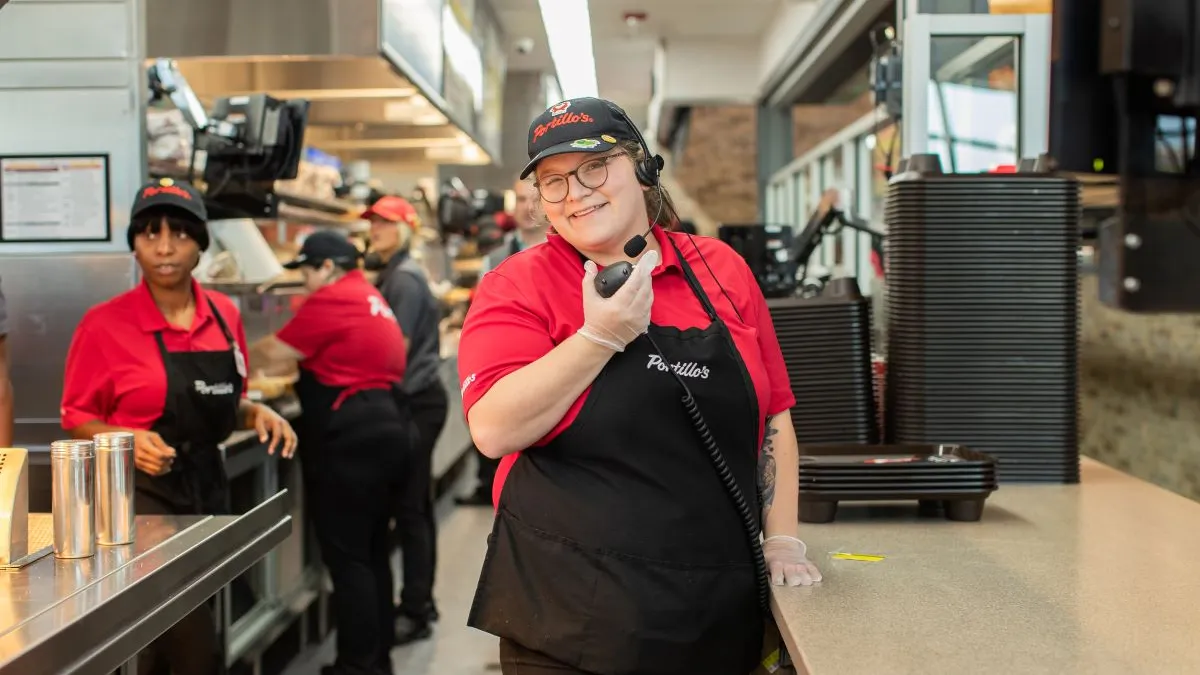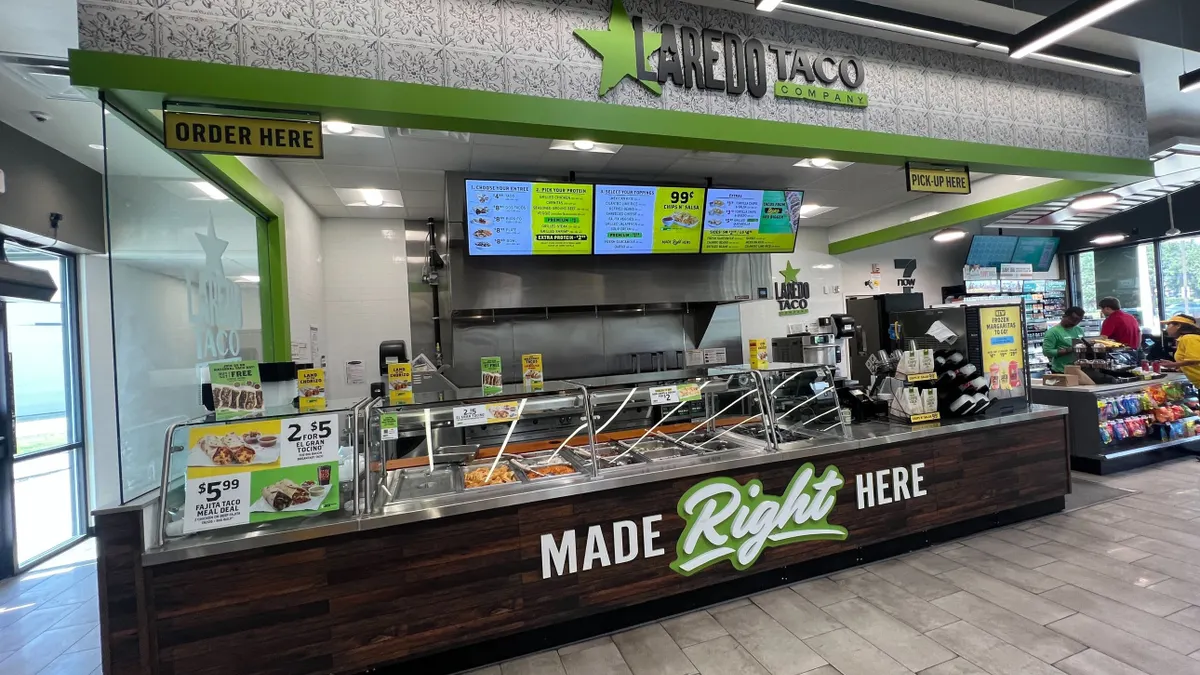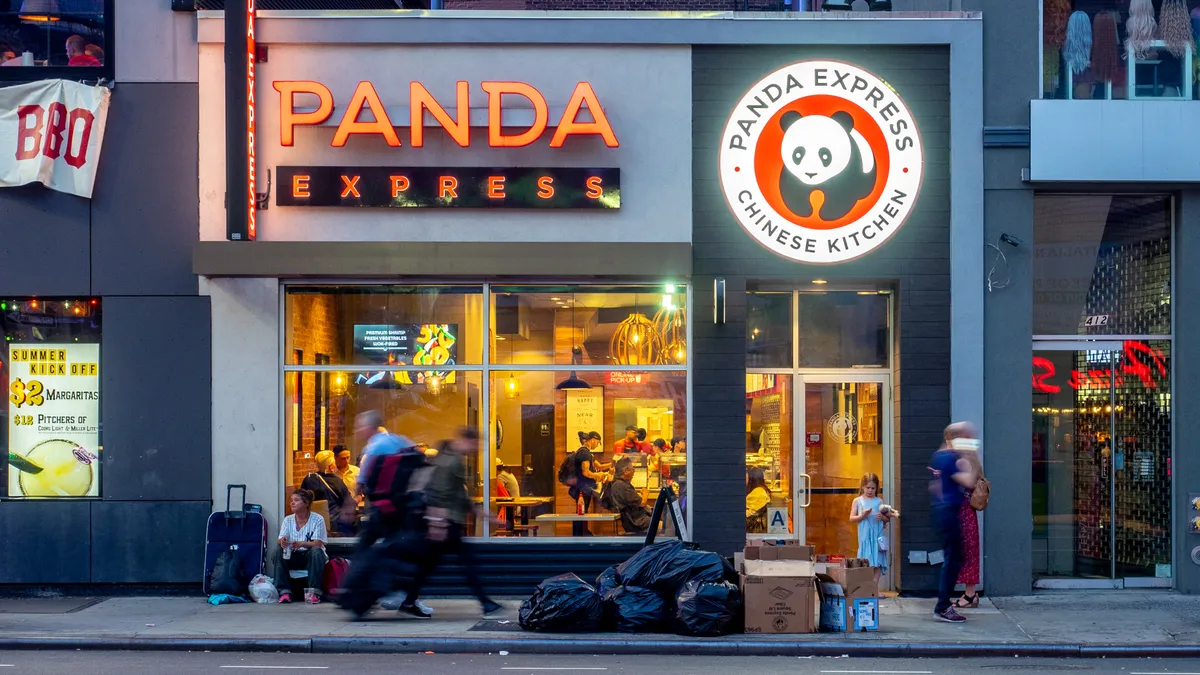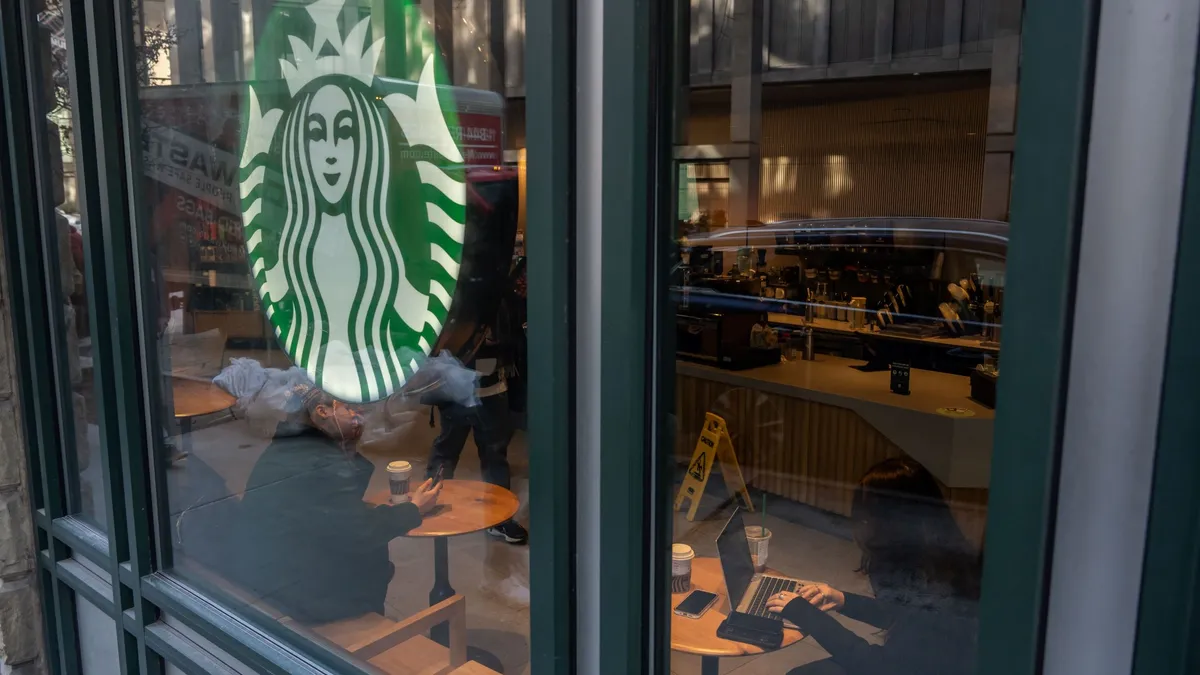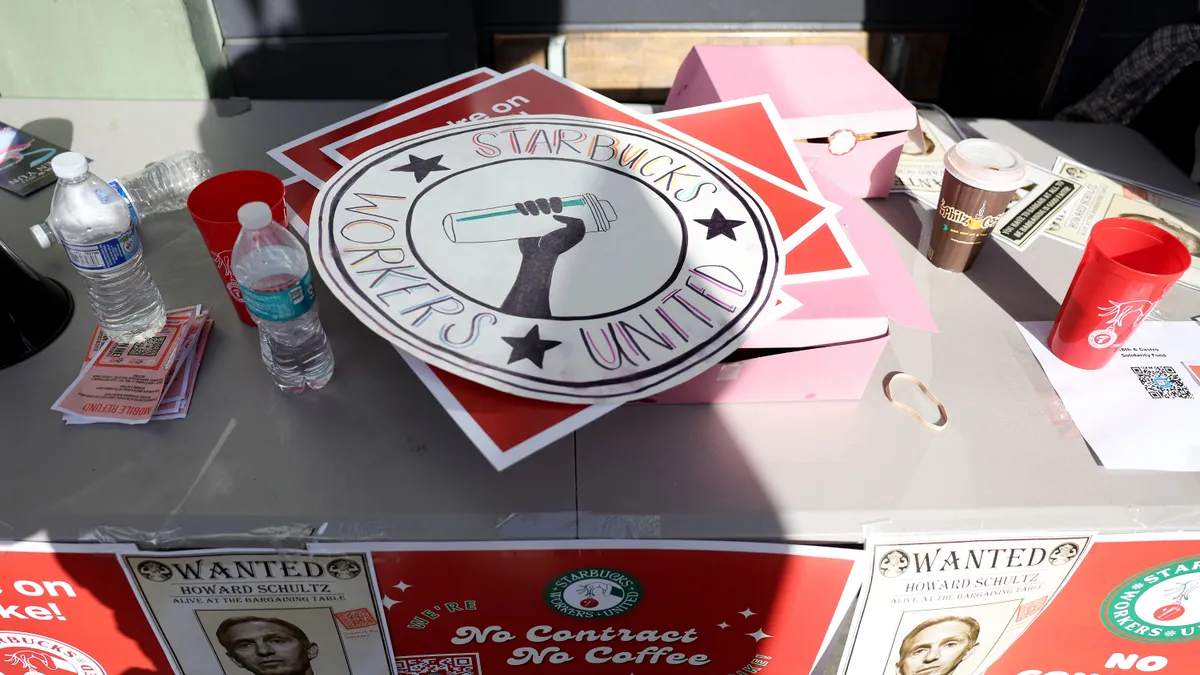Portillo’s is targeting $10 million unit volumes, a steep goal that requires strong management, CEO Michael Osanloo said in January at the ICR conference in Orlando, Florida. To meet this store-level benchmark, the Chicago-style hot dog chain’s general managers must be capable of overseeing an extremely complex and fast-moving business.
“$10 million means $200,000 a week, which means $40,000 on Friday and Saturday, which means $6,000 per hour,” Osanloo said.
Part of the complexity general managers face stems from Portillo’s kitchen organization: Osanloo said the company breaks down its food operations into extremely simple tasks, each with a dedicated station. Simplifying hourly labor requires a correspondingly greater managerial discretion.
“We take a complex procedure, but we've simplified it at the point of execution so that the individual doesn't deal with any complexity,” Osanloo said. The kitchens are divided into several zones, the beef station for beef sandwiches, “the table” for hot dogs and sausages, and the broiler for burgers and chicken sandwiches. Workers specialize in one of these stations, Osanloo said, in order to maximize their efficiency in a single task.
“I'm not asking you’ ‘hey, go make a beef sandwich. And now I need you to make hot dogs. And now I need you [to do something else],’” Osanloo said. “If we teach you how to make beef sandwiches, you become super efficient at making beef sandwiches.”
The difficulty of managing an interconnected series of highly specialized tasks means the company only opens a new restaurant when they have a general manager with significant brand experience ready to lead it.
“We don't open a new restaurant unless we have a GM already assigned to that new restaurant that has a year of Portillo's experience,” Osanloo said. “That's the gating factor on our growth.”
“I went back and I looked at the restaurants that did not perform as well as we would have wanted,” Osanloo said. “Almost always it goes back to having a new GM to Portillo's in a new market and they didn't know what they're doing. And they might have been world class at another restaurant, but there's just something unique about our volumes and the complexity of our menu.”
Osanloo said the company views its restaurant-level labor as a training ground for managers familiar with the brand.
“I'd rather build my own baseball team through my farm system than to go find a bunch of other people,” Osanloo said. “That’s what we’re trying to do.” Osanloo added that between 80% and 90% of the brand’s GMs are homegrown.
Until several years ago, Portillo’s lacked even a formal review process for its employees, leaving workers unsure of their career paths, their standing with management and their strengths and weaknesses as employees, he said.
The chain tries to cultivate leadership skills through an internal program called “Ignite,” which helps it instill managerial skills in promising crew chiefs — Portillo’s highest-paid hourly position.
“I don’t need you to be world class at making a hot dog,” Osanloo said of his managers. “What I need you to be world class at is how to lead people. You need to know how to have a tough conversation with someone who's not performing. You need to know when to be empathetic and sympathetic versus a little more direct. Do you know how to schedule so that you have all the right people in the right places?”
After a year of online and in-person training, Portillo’s sends prospective GMs out to a restaurant that’s already performing well to get experience running a restaurant for a year, before sending them to new markets to oversee the opening of a new store.
Osanloo said the chain has a pool of almost 400 potential candidates, and that Portillo’s geographical concentration in the Midwest is an asset in retaining skilled hourly workers and developing them into managers.
“Everyone says, ‘Is it hard to get people to move?’” Osanloo said. “If you live in the Midwest for a really long time, and somebody says, ‘Hey, would you like to go to Florida? Or Arizona?’ The real challenge is no, [they] can’t all move.”
The potential for advancement in a dynamic and growing chain helps keep skilled workers at the company, Osanloo said. Osanloo claimed Portillo’s turnover was between 20% and 30% better — meaning lower — among hourly workers and about 15% better among management compared to industry averages.
The chain is plotting a development path from about 77 restaurants to 920, and is changing its real estate and design strategies to speed up growth. Because of this, the company’s path upward for hourly workers may seem more plausible than at other chains with relatively stagnant footprints. But, since the company has 9,000 employees, averaging between 120 and 140 workers in a given restaurant, that path upward is still narrow.
Portillo’s advantage in retention likely stems from its relatively high wages and comparatively strong benefits, which Osanloo said insulates it from labor price shocks.
“There are states where we're paying $4 or $5 an hour above what that state's minimum wage is,” Osanloo said. “We don't pay minimum wage because I don't want minimum wage people.”
Portillo’s GMs, Osanloo said, make somewhere north of $150,000 a year, an attractive figure in an industry where median earnings hover around $700 a week, or about $36,000 a year, according to the Bureau of Labor Statistics.
Osanloo said the company envisions its system as a form of “enlightened capitalism” that produces a “virtuous cycle,” in which low turnover and strong customer service drive greater efficiency and higher sales, enabling a comparative increase in wages and benefits.


